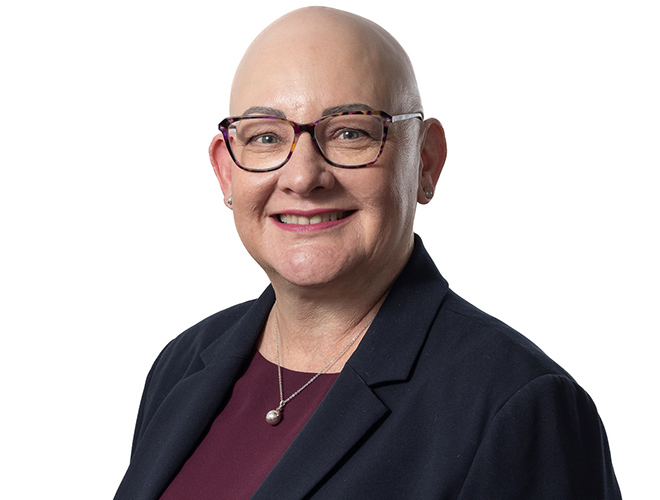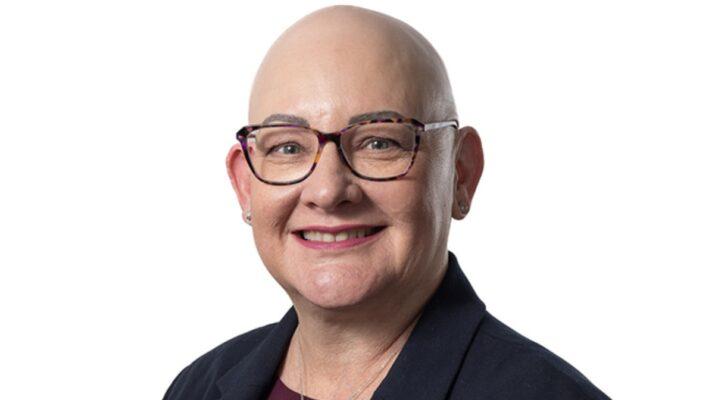Waikato Regional Council news
Waikato Regional Council has stuck to its planned budget for 2025/26, while at the same time increasing the amount available for community transport and supporting regional economic development. At the Council meeting on 10th February, rates were increased by close to 6% to fund the budget.
The decisions were made at Monday’s council meeting to set a draft annual plan budget of $152.793 million total rates revenue for the 2025/26 financial year. The rates increase has gone from 8.6 per cent signalled through last year’s long term plan down to a proposed 5.9 per cent.

“There’s a number of new and emerging factors which required us to take a close look at how we deliver our work in the next year,” said Chair Pamela Storey.
“Government funding through the national land transport plan has shifted the cost burden for public transport services, there’ve been rapid changes in the official cash rate, the freshwater farm plans rollout has been paused and we’ve secured funding for some of the council’s work through the Before the Deluge programme.
During the meeting, councillors also approved a pragmatic approach to bus and train fare increases to meet new government targets for private share funding.
The council is proposing to increase public transport fares by 11.4 per cent from 1 July 2025 to reflect inflationary increases in public transport operating costs (6.4 per cent) and to meet the government targets (5 per cent). Fares will then increase by 10 per cent per annum in the four subsequent years.
Councillors also confirmed they would consult on the rating models for both public transport and long-awaited river and catchment works for the Wharekawa Coast.
As part of the 2024-2034 Long Term Plan, the council consulted on collecting a region-wide public transport rate from 1 July 2025, with two possible rating models presented. During deliberations, council agreed to proceed with regional rating but asked for more work to be done on the rating options.
After going back to the drawing board and engaging with local councils and the community, public feedback will be sought in April on two rating models:
- a weighted distribution model with a per property charge applied across the whole region
- a weighted distribution per property charge for all areas except Hamilton, where a capital value-based charge would continue to apply.
Meanwhile, the need for a river and catchment management service follows a series of significant flood events and the development of the now completed Wharekawa Coast 2120 project led by Hauraki District Council and supported by the regional council.
It’s proposed the cost of $150,000 would be split, with 70 per cent recovered via a targeted rate on the Wharekawa community, and 30 per cent via the general rate at an estimated cost of 2 cents per $100,000 capital value.
Amongst other things, the rate would fund planting and erosion control, clearing of blockages in streams and culverts, and technical advice to landowners.
During the meeting, councillors discussed how a prior year surplus of $4.1 million could be used. While using it to offset rates in 2025/26 would reduce the rates payable for that year, it would mean that rate increases in the following year would need to be higher than currently signalled through the long term plan. Councillors will consider this matter further during deliberations in May, before they set the final budget and rates revenue needed for the 2025/26 year.

